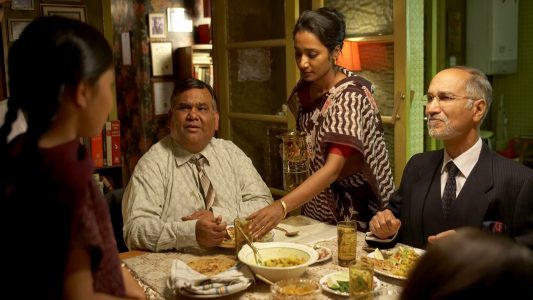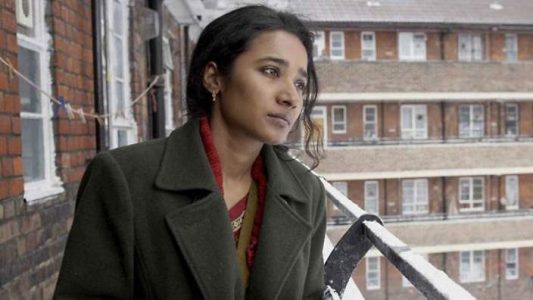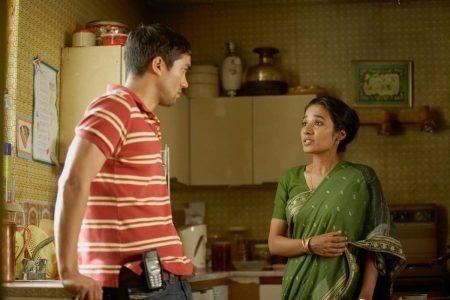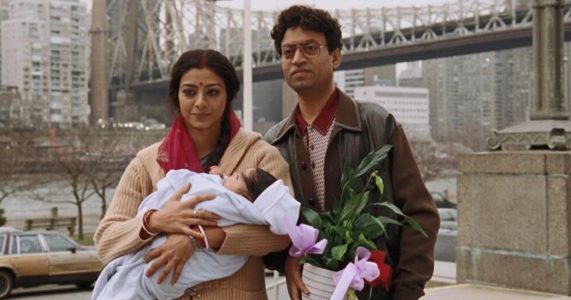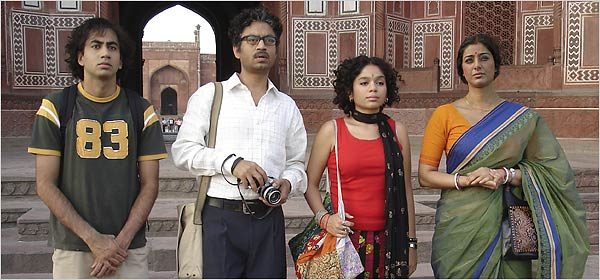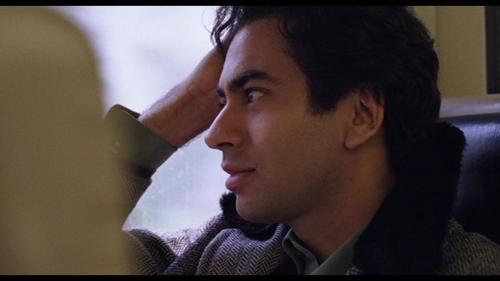ABSTRACT
Historically, narratives surrounding migration and diaspora only exclusively focused on male-dominated spaces. The assumption that women are sheltered from the political and economical experience of relocation because they mainly handled the private space dominated most of the literature. However, migration is a gendered experience. The subject of diaspora explored alongside themes of gender, marriage, agency, power dynamics, class, and cultural integration brings about many questions. This essay will focus on South Asian diaspora films and how they represent concepts of marriage, gender roles, and family relations situated in the broader context of migration. I will discuss two films – Mira Nair's The Namesake and Sarah Gavron's Brick Lane (adapted from Monica Ali's 2003 novel) – central to understanding how South Asian diasporic women navigate themselves under new social, economic, and political responsibilities.
Brick Lane (2007)
The Namesake (2006)
Themes in both the films:
- Redefining marriages
- Class, Mobility and Transnationalism
Gender is an essential aspect of migration, and immigrant women's position within their families and the broader community underlies the acculturation process. Both films make us consider the gendered experiences of South Asian diasporic women. In multiple ways, both films – The Namesake and Brick Lane – are contrasted with each other; including how migration serves to redefine marital relationships, how class, religion, and ethnicity interact to provide transnational mobility to first-generation immigrant women, and how they face different challenges of negotiating traditionality and cultural relocation. While Ashima is provided with much more social mobility, economic independence, and increased autonomy, Nazneen's experience focuses on moving from one patriarchal system to another, undermining her struggle for individualism in marriage with Chanu.
Full Paper: Research Paper - ASIA 399
References:
Hondagneu-Sotelo P., Cranford C. (2006). Gender and migration. In, Handbook of the sociology
of gender (pp. 105-126). Springer. https://doi.org/10.1007/0-387-36218-5_6
Richards, R. W. (2017). Love, desi style: Arranged marriage and transnational mobility in Mira
Nair’s The Namesake. Canadian Journal of Film Studies, 26(1), 64-80. 10.3138/CJFS.26.1.2017-0004
Hasan, M. M. (2018). Transplanted gender norms and their limits in Monica Ali’s Brick Lane.
Asiatic: IIUM Journal of English language and Literature, 12(1), 59-77. Retrieved from
https://journals.iium.edu.my/asiatic/index.php/ajell/article/view/1209
Cooke, T. J. (2001). ‘Trailing wife’ or ‘trailing mother’? the effect of parental status on the
relationship between family migration and the labor-market participation of married women. Environment and Planning A: Economy and Space, 33(3), 419-430. https://doi.org/10.1068/a33140
Nair, M. (Director). (2006). The Namesake [Film]. Mirabai Films.
Gavron, S. (Director). (2007). Brick Lane [Film]. Ruby Films.


